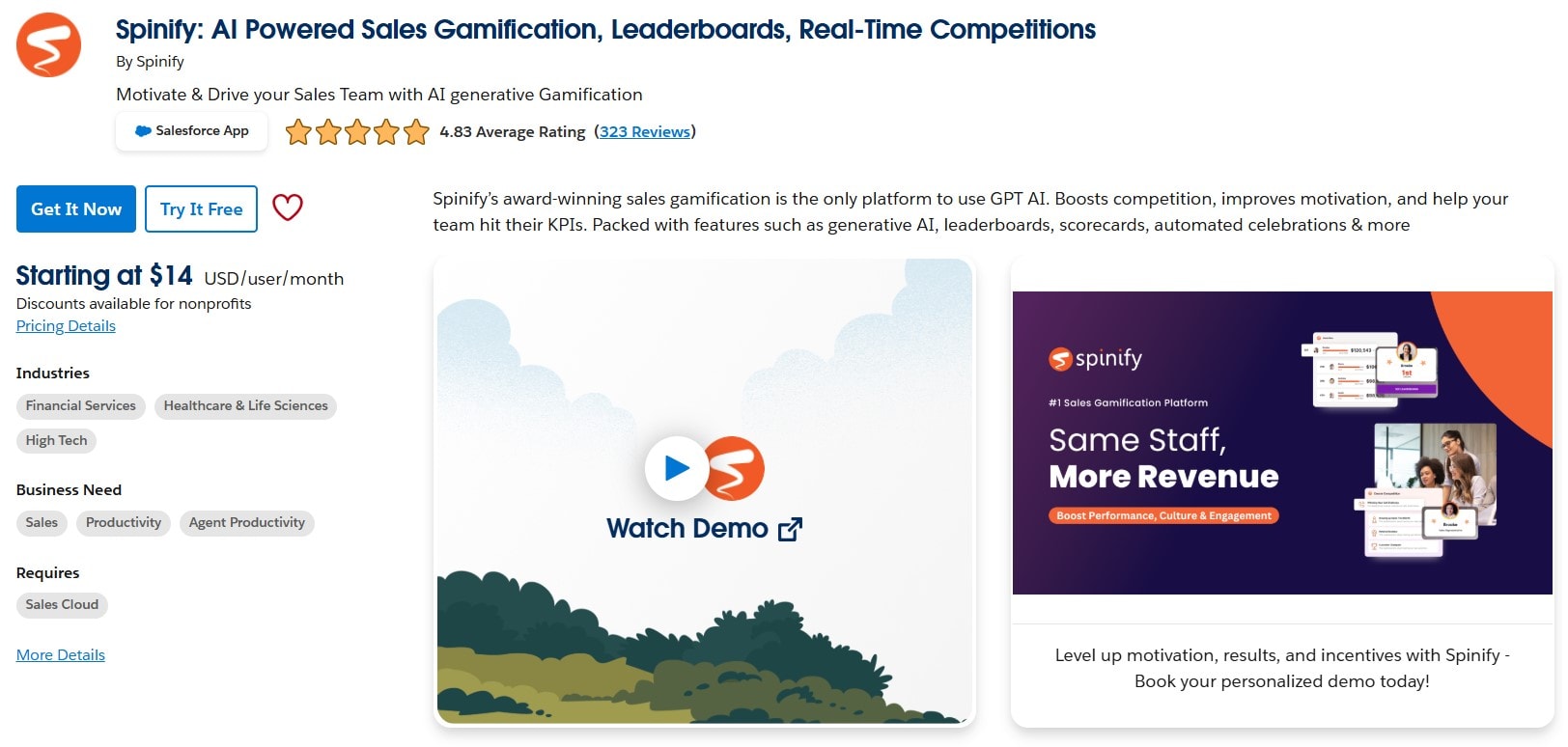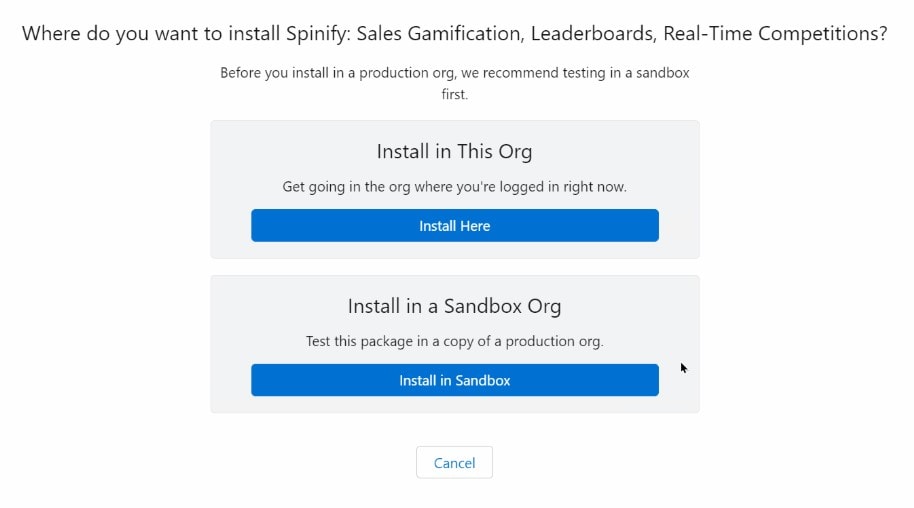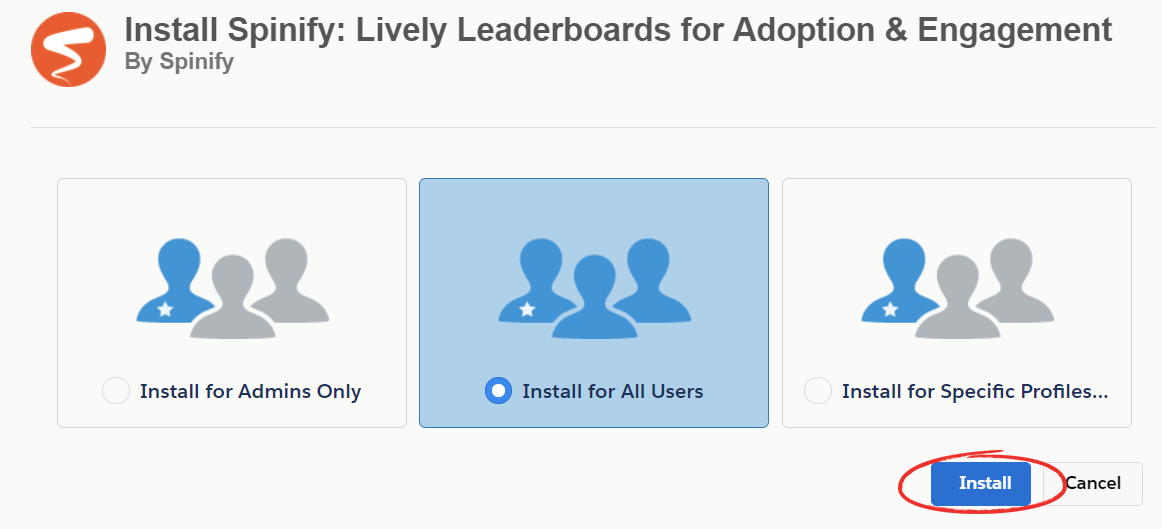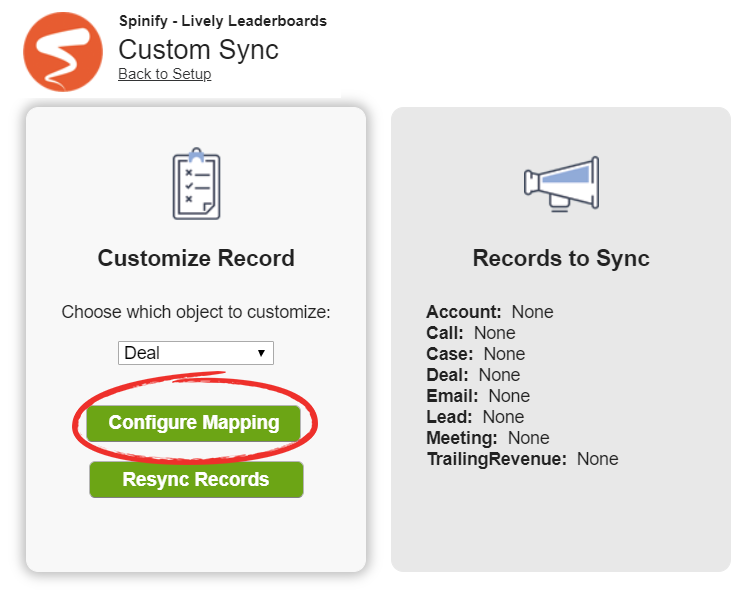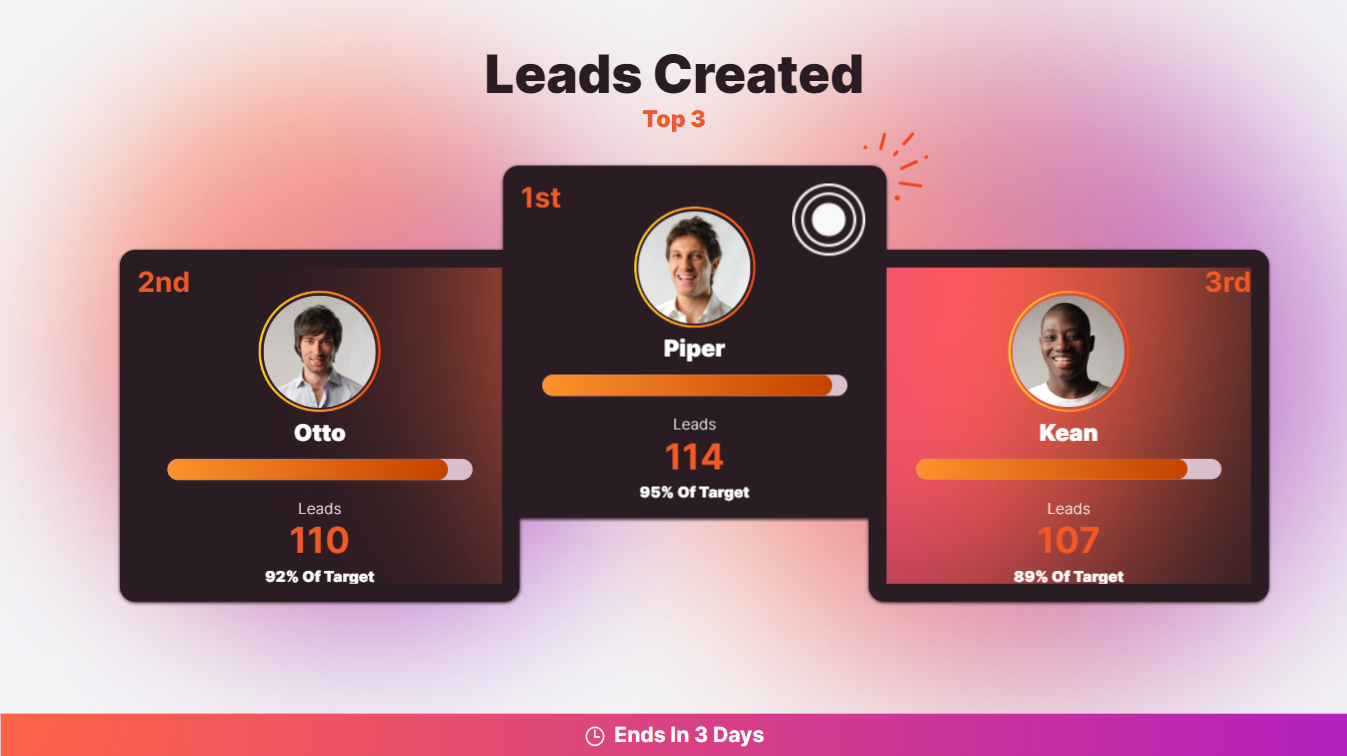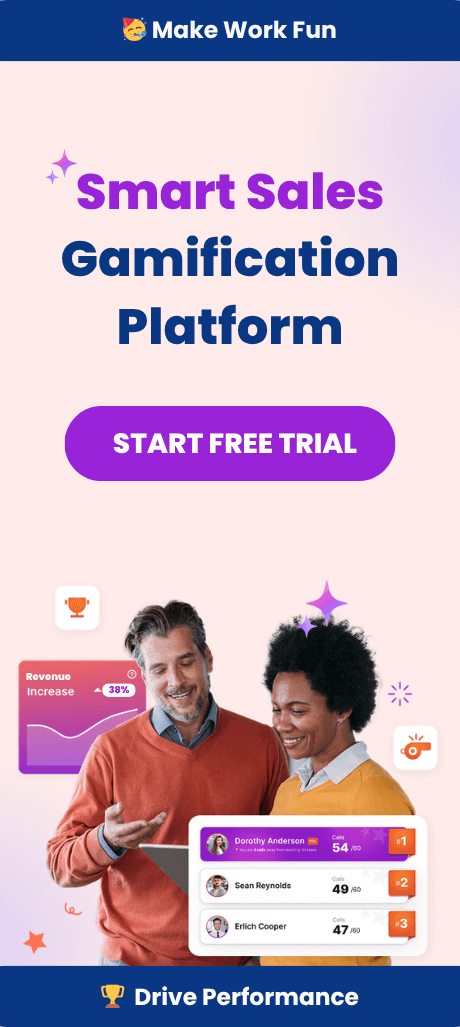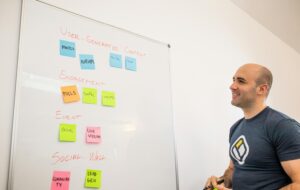Salesforce adoption remains a challenge for many organizations. Sales teams often struggle with CRM engagement, inconsistent data entry, and motivation to use Salesforce regularly, which impacts overall employee engagement.
The solution? Gamification. By integrating gamification elements such as leaderboards, competitions, and rewards, businesses can drive higher engagement, increase Salesforce adoption, and ultimately improve sales performance.
Spinify, a leading gamification platform, helps companies set up gamification in Salesforce by turning routine CRM tasks into exciting challenges. In this guide, we’ll walk you through:
- Installing and configuring Spinify for Salesforce.
- Implementing gamification strategies to increase CRM engagement.
- Using key gamification elements such as points, rewards, and AI-driven coaching.
- Troubleshooting common integration issues.
- Measuring and optimizing gamification success over time.
Understanding Gamification
Definition and Explanation of Gamification
Gamification is the application of game design elements and principles in non-game contexts to engage and motivate users. By incorporating elements such as rewards, challenges, and competition, gamification transforms routine tasks into engaging activities.
In the context of Salesforce, gamification aims to enhance user engagement by making the CRM experience more interactive and enjoyable. This approach not only motivates sales reps to use Salesforce more consistently but also drives desired actions, such as accurate data entry and timely follow-ups. By leveraging gamification techniques, businesses can create a more dynamic and rewarding environment that encourages active participation and boosts overall productivity.
Why Implement Gamification in Salesforce?
The Challenge of Salesforce Adoption
Many sales teams see Salesforce as an administrative burden rather than a tool for success. As a result:
- CRM data remains incomplete or outdated.
- Sales reps lack the motivation to update Salesforce regularly.
- Managers struggle to drive CRM adoption across their teams.
How Gamification Solves This Problem
By introducing competition, incentives, and recognition, gamification makes Salesforce more engaging and rewarding, enhancing user engagement. Key benefits include:
- Higher CRM adoption – Sales reps become more active in using Salesforce.
- Improved data accuracy – Gamification encourages consistent data entry.
- Boosted sales performance – Leaderboards and rewards create motivation.
Spinify’s integration with Salesforce transforms CRM usage into an engaging experience, making work more exciting and incentivizing productivity.
Selecting the Right Gamification Tools
Selecting the right gamification tool is crucial for achieving long-term success in your Salesforce gamification efforts. A well-chosen platform that integrates seamlessly with Salesforce and aligns with your business needs can significantly enhance productivity and user engagement. When evaluating gamification tools, consider the following factors:
- Ease of Integration: Ensure the tool integrates smoothly with Salesforce to avoid disruptions.
- Customization Options: Look for tools that offer flexibility to tailor gamification elements to your specific business requirements.
- User-Friendly Interface: A tool with an intuitive interface will be easier for your sales team to adopt and use effectively.
- Scalability: Choose a platform that can grow with your business and adapt to changing needs.
- Analytics and Reporting: Robust analytics capabilities are essential for tracking progress and measuring the success of your gamification strategies.
- Support and Training: Access to comprehensive support and training resources will help ensure a successful implementation and ongoing use.
By carefully considering these factors, you can select a gamification tool that not only enhances user engagement but also drives meaningful business outcomes.
Why Spinify for Salesforce Gamification?
Spinify is a leading gamification platform designed to seamlessly integrate with Salesforce, helping sales teams stay motivated and perform at their best. With Spinify, you can transform key sales activities into engaging competitions, personalized leaderboards, and real-time performance tracking—all within Salesforce.
Whether you’re looking to boost productivity, drive CRM adoption, or foster a culture of healthy competition, Spinify offers a customizable and scalable solution tailored to your team’s needs.
Prerequisites for Setting Up Gamification in Salesforce
Before implementing gamification with Spinify, ensure you have:
1. A Spinify Plan
You’ll need a Spinify subscription to access gamification features.
📌Explore Spinify’s plans hereto find the right one for your team.
2. Salesforce Administrator Privileges
A Salesforce Admin account is required to install and configure Spinify.
3. A Clear Gamification Strategy
Decide which sales KPIs you want to track and gamify, such as:
- Calls made
- Deals closed
- Pipeline progression
- Revenue targets
A successful gamification strategy ensures that gamification aligns with business goals.
How to Install Spinify from Salesforce AppExchange
To integrate Spinify with Salesforce, follow these steps:
Step 1: Access the Spinify AppExchange Listing
- Log into your Salesforce CRM account.
- Go to the Spinify AppExchange page.
- Click “Get It Now”.
Step 2: Choose the Installation Environment
- Select either Production (live CRM) or Sandbox (testing mode).
- Click “Confirm and Install”.
Step 3: Grant Permissions and Complete Installation
- Choose “Install for All Users” to ensure full visibility.
- Click “Yes, grant access” to allow Salesforce data syncing.
- Wait for the installation to complete.
Once installed, Spinify can sync Salesforce objects such as Opportunities, Leads, Calls, and Emails.
Setting Up Gamification in Salesforce with Spinify
Once you’ve installed Spinify in Salesforce, the next step is configuring it to sync the right data, create engaging competitions, and customize gamification elements.
1. Syncing Salesforce Data with Spinify
Spinify integrates directly with Salesforce to track key activities and metrics. Here’s how to set up data syncing:
1. Log into the Spinify App in Salesforce
- If using Salesforce Lightning, go to App Launcher > Select Spinify.
- If using Salesforce Classic, use the App Dropdown > Select Spinify.
2. Customize Data Mappings
- By default, Spinify maps standard Salesforce fields.
- To customize, go to Setup Sync > Custom Sync and select objects like Accounts, Calls, Cases, or Custom Deals.
- Change standard field mappings (e.g., map “Expected Amount” instead of “Opportunity Amount”).
- Add custom fields for leaderboards and reports.
3. Enable Real-Time Sync
This ensures that any updates in Salesforce are instantly reflected on Spinify leaderboards and competitions.
> Pro Tip: If you need to change the syncing user, log in to Salesforce as the preferred user and update the permissions under Integration Settings.
2. Configuring Leaderboards and Competitions
Competitions and leaderboards make Salesforce more engaging by ranking team performance.
Creating Leaderboards
- Navigate to Leaderboards in Spinify.
- Choose a KPI to track (e.g., Closed Deals, Calls Made, Revenue Generated).
- Set ranking criteria (highest value, most completed, etc.).
- Define a time range (daily, weekly, or monthly).
Launching Competitions
- Go to Competitions and select New Competition.
- Choose whether the challenge is individual- or team-based.
- Set performance-based rewards (points, badges, or prizes).
- Track real-time progress in the leaderboard dashboard.
> Best Practice: Use multi-tiered competitions to engage different sales roles (e.g., SDRs focus on calls, AEs on closed deals).
3. Customizing Gamification Features
To maximize engagement, Spinify offers flexible gamification elements:
✅ Points & Badges – Award points for completing Salesforce activities.
✅ Tiers & Levels – Encourage long-term participation with rank-based milestones.
✅ Custom Fields & Filters – Sync only relevant Salesforce data for competitions.
✅ Real-time Celebrations – Trigger pop-ups and alerts when goals are achieved.
✅ AI Coaching Agent – Provide real-time feedback and coaching based on performance.
By leveraging these features, your sales team stays motivated, engaged, and consistently active in Salesforce.
Designing Engaging Challenges and Quests
Designing engaging challenges and quests is key to motivating users and driving desired behaviors within Salesforce. To create effective challenges, follow these best practices:
- SMART Goals: Ensure challenges are Specific, Measurable, Achievable, Relevant, and Time-bound. This clarity helps users understand what is expected and how to achieve it.
- Mix of Challenges: Use a combination of individual and team-based challenges to foster both collaboration and healthy competition.
- Meaningful Rewards: Offer rewards and recognition that resonate with your users, such as gift cards, extra PTO, or public acknowledgment.
- Clear Instructions: Provide detailed instructions and feedback to guide users through the challenges and ensure they know how to succeed.
- Gamification Elements: Incorporate leaderboards, badges, and points to create a sense of competition and achievement, making the experience more engaging.
By aligning challenges and quests with your business objectives and tailoring them to your users’ preferences, you can create a motivating environment that drives user adoption and engagement.
Key Gamification Elements in Spinify
Spinify offers a comprehensive gamification suite designed to boost CRM engagement:
1. Leaderboards: Driving Healthy Competition
- Display rankings of top performers.
- Motivate teams with public recognition.
- Show leaderboards on TV screens and dashboards.

Leaderboards are a key component of Salesforce gamification, fostering healthy competition among sales teams. By highlighting top performers, they motivate sales reps to excel and encourage team performance through public recognition.
Integrating leaderboards into Salesforce provides real-time updates, keeping sales representatives engaged and aware of their standings. Displaying them on screens serves as a continuous reminder of goals, promoting transparency and accountability.
Tailoring leaderboards to align with business objectives and setting clear ranking criteria—like closed deals or calls made—drives desired behaviors and enhances productivity. They also boost employee engagement and improve data quality, as sales reps interact more with the CRM for accurate data entry and follow-ups.
Ultimately, leaderboards turn routine tasks into engaging challenges, promoting camaraderie and sustained engagement within sales teams.
2. Points & Badges: Encouraging Consistency
- Assign points for Salesforce activities (e.g., logging a call).
- Reward top performers with badges and achievements.
- Customize badge designs to reflect company culture.
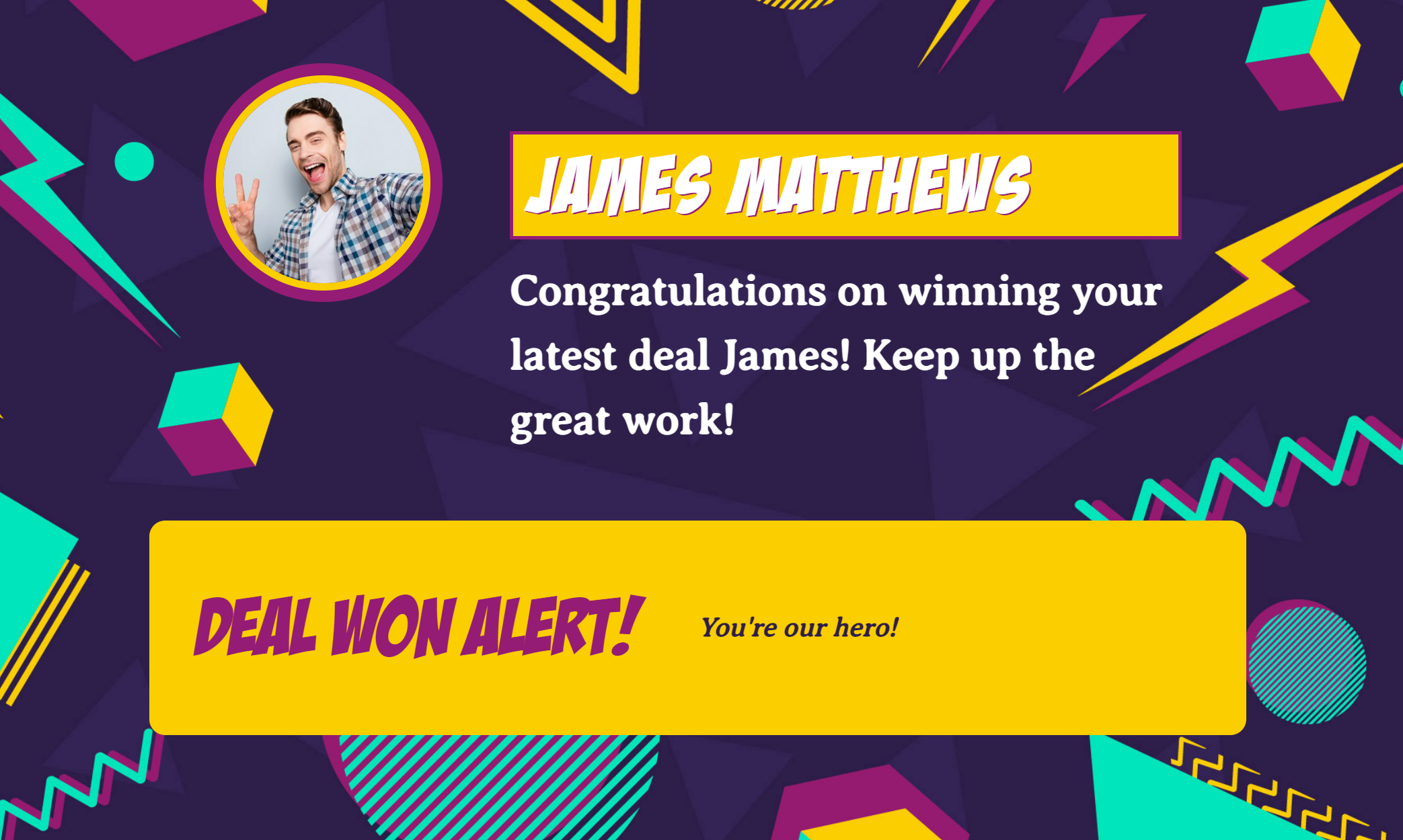
Points and badges are fundamental gamification elements that foster consistent user engagement within Salesforce. By assigning points for completing various Salesforce activities, such as logging calls or updating records, users are incentivized to maintain regular interaction with the platform. This consistent engagement ensures that data remains current and accurate, contributing to improved data quality.
Badges serve as visual representations of achievements and milestones. They provide a sense of accomplishment and recognition, motivating users to strive for higher performance levels. By customizing badge designs to align with company culture, organizations can create a personalized and meaningful experience for their sales teams.
3. Competitions: Engaging Teams
- Run individual and team-based challenges.
- Gamify sales goals with incentives.
- Encourage peer-to-peer recognition.
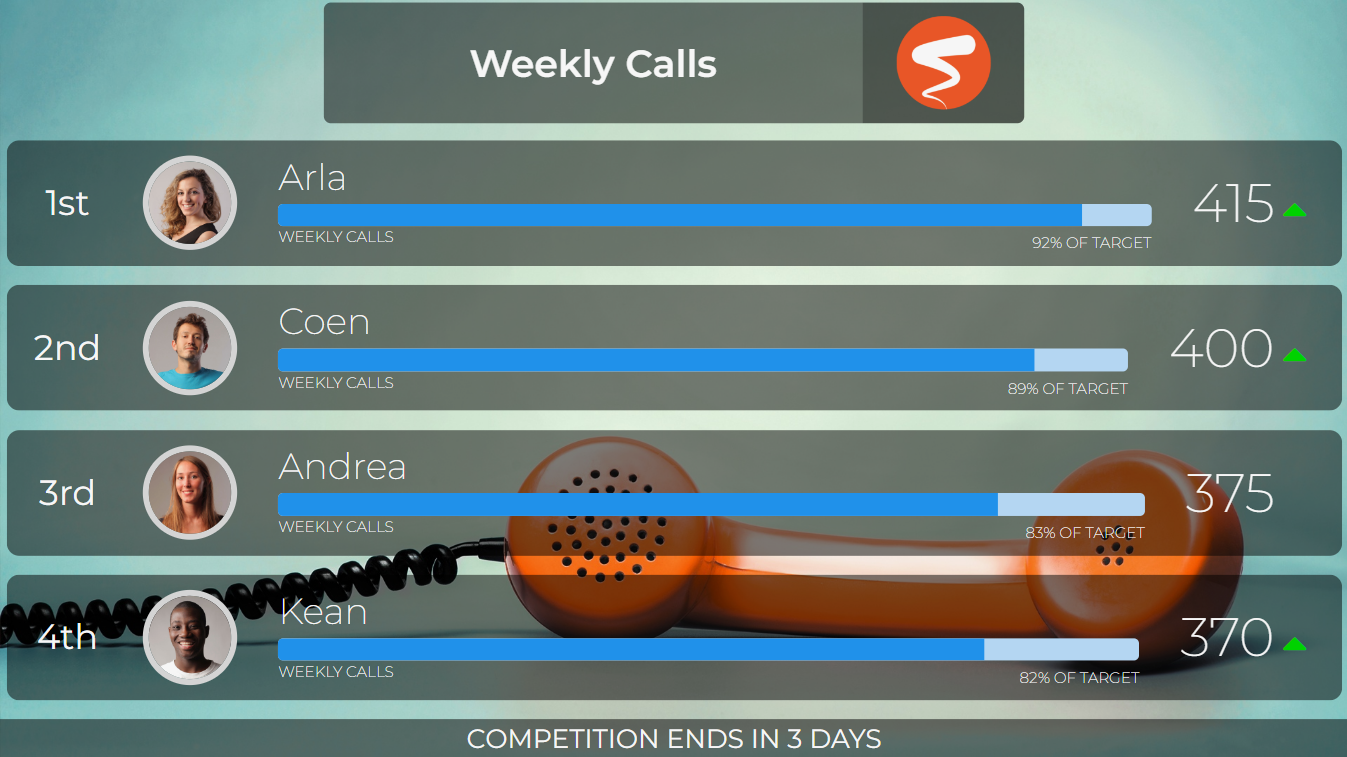
Competitions are a dynamic way to engage sales teams and drive user adoption of Salesforce. By organizing individual and team-based challenges, organizations can foster a sense of camaraderie and healthy competition. These competitions can be aligned with specific sales goals, such as closing deals or increasing call volumes, providing tangible incentives for achieving desired outcomes.
Encouraging peer-to-peer recognition within competitions further enhances motivation. When sales reps acknowledge each other’s successes, it builds a supportive and collaborative environment that boosts morale and promotes sustained engagement.
4. Rewards & Prize Store: Boosting Motivation
- Let sales reps redeem points for gift cards, PTO, and perks.
- Offer a Spin-the-Wheel prize draw.
- Use team-based rewards for collaborative success.
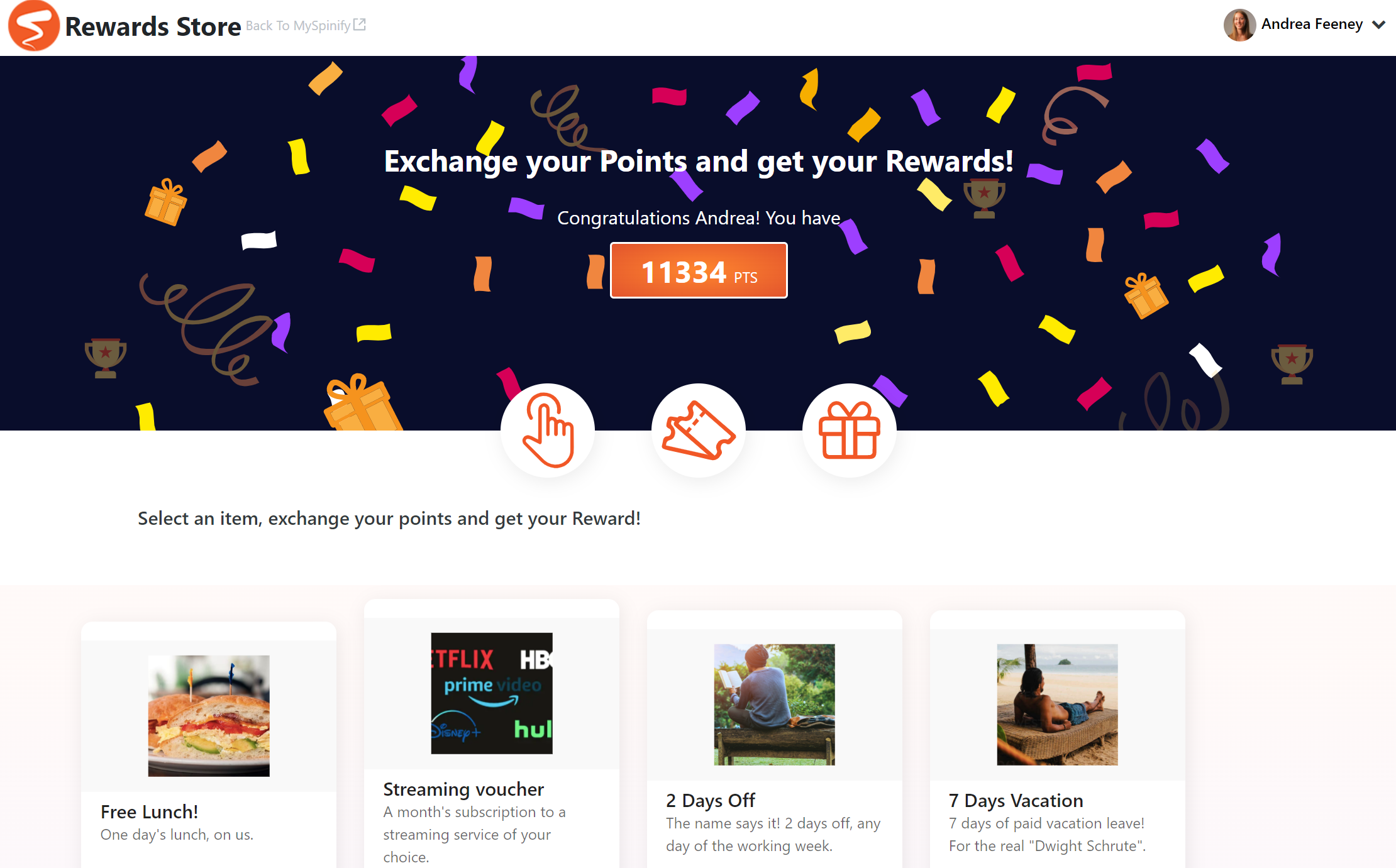
The rewards and prize store in gamification boosts motivation for sales teams by allowing reps to redeem points for incentives like gift cards and paid time off. Adding features like a “Spin-the-Wheel” prize draw introduces excitement and keeps users engaged with Salesforce. Team-based rewards promote collaboration by recognizing entire teams for achieving goals, fostering unity and enhancing overall productivity.
5. AI Coaching Agent: Personalized Guidance
- Automate 1:1 coaching sessions.
- Provide real-time performance feedback.
- Help sales reps refine their strategies.

The AI Coaching Agent is a powerful tool that provides personalized guidance to sales reps. By automating one-on-one coaching sessions, the AI agent delivers tailored feedback and performance insights in real time. This immediate feedback loop allows sales reps to refine their strategies, make informed decisions, and continuously improve their performance.
The AI Coaching Agent leverages data analytics to offer actionable recommendations, helping sales reps identify areas for improvement and capitalize on strengths. This personalized approach not only boosts individual performance but also contributes to achieving broader business objectives by aligning sales activities with organizational goals.
Troubleshooting Common Issues
1. Authentication and Syncing Errors
Issue: Salesforce data not syncing properly.
Solution:
✅ Ensure the Salesforce Admin account is active.
✅ Verify object permissions in Spinify settings.
✅ Reauthorize Spinify’s Salesforce connection.
2. Missing Leaderboard Data
Issue: Leaderboards aren’t updating.
Solution:
✅ Enable real-time sync in Spinify.
✅ Refresh the leaderboard manually.
✅ Confirm custom fields and objects are mapped correctly.
3. Competitions Not Driving Engagement
Issue: Low participation in gamification activities.
Solution:
✅ Rotate competition themes regularly.
✅ Offer more compelling rewards.
✅ Use AI Coaching Agent to keep reps motivated.
Measuring Gamification Success in Salesforce
Tracking engagement metrics ensures that gamification delivers real results. Key metrics to monitor
📊 Data Accuracy – Measure CRM input consistency.
📊 Sales Productivity – Analyze performance trends.
📊 Leaderboard Participation – Assess rep engagement levels.
Use Spinify’s built-in analytics and reporting tools to fine-tune your strategy over time.
Using Data to Refine Gamification Strategies
Using data to refine your gamification strategies is essential for ensuring the effectiveness of your program. Analytics and reporting capabilities provide valuable insights into user behavior, engagement, and progress. Key data points to consider include:
- User Engagement Metrics: Track login frequency, time spent on the platform, and feature adoption to gauge overall engagement.
- Progress Metrics: Monitor challenge completion rates, quest progress, and badge earnings to assess user participation and achievement.
- Feedback and Surveys: Collect user feedback to understand preferences and pain points, allowing you to make informed adjustments.
- Business Outcome Metrics: Analyze sales productivity, customer satisfaction, and revenue growth to measure the impact of gamification on your business goals.
By leveraging these data points, you can identify areas for improvement, refine challenges and quests, and adjust rewards and recognition programs to better motivate users. This data-driven approach ensures that your gamification strategies remain effective and aligned with your business objectives.
Best Practices for Long-Term Salesforce Gamification Success
To maintain high engagement, implement these best practices:
🎯 Rotate Competitions Frequently – Keep the experience fresh and exciting.
🎯 Personalize Incentives – Tailor rewards based on team preferences.
🎯 Encourage Peer Recognition – Let employees celebrate each other’s successes.
🎯 Gamify Onboarding – Use beginner leaderboards to train new Salesforce users.
Spinify Maximises Salesforce Adoption
Implementing gamification in Salesforce is a game-changer for CRM adoption, engagement, and sales performance. In our final thoughts on implementing gamification, we highlight how leveraging Spinify’s leaderboards, rewards, AI coaching, and real-time analytics can boost employee engagement and achieve better business outcomes. Teams stay motivated and actively engaged with Salesforce.
🚀 Ready to gamify your Salesforce experience? Book a Spinify demo today and take your sales team’s performance to the next level!

